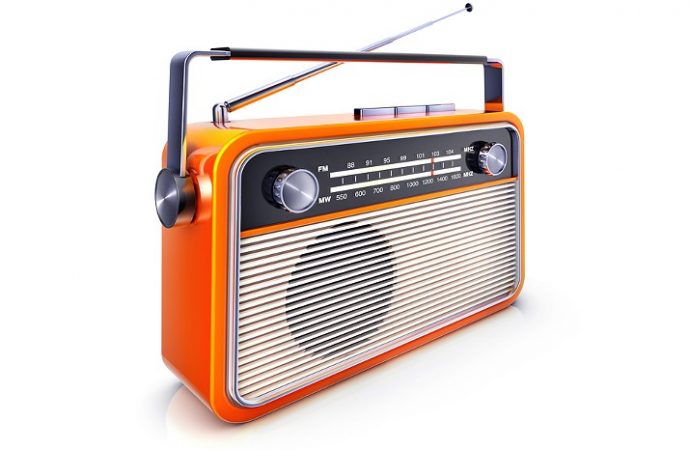by Jon Caldara
Radio behemoth iHeartMedia, owner of more than 850 radio stations around the country, including the one I broadcast on, 630 KHOW, just announced it might not survive another year.
For those of us who love radio, this isn’t a big surprise. Like watching newspapers being destroyed by disruptive new digital technologies and bled dry from the venture capital firms that now own them but have no passion for what they do, radio’s long, slow decline has been heart-wrenching.
I have a special concern for talk radio’s future. It’s one of the few outlets that keeps media elites in check.
A struggling restaurant will start using cheaper ingredients and smaller portions to lower costs, which just leads to fewer customers. Radio’s growing number of commercials and cookie-cutter syndicated programming leads to fewer listeners. It’s a death-spiral sending listeners to podcasts.
Denver has had a love-affair with radio that few big cities enjoy. And like so many things that we love, we owe a lot of it to our unique geography. Radio signals can bleed into other markets, so signals are limited by the feds. But Denver is in a radio Goldie Locks zone, big enough to financially support lots of stations, but geographically separated from other big cities so that there is spectrum to go around. The result — fierce competition.
Used to be if you couldn’t find a station you enjoyed in Denver, your tuner was broken. Now it might be because your tuner is working.
Before the mass consolidation and “blandazation” of radio, most stations were run like the old sit-com “WKRP in Cincinnati,” by crazed people with wild personalities, so those stations had unique personalities too. New formats were tried constantly and some blazed trails.
I got hooked on local talk radio. Local. Long before nationally syndicated blather like Rush Limbaugh and Sean Hannity were forced onto every station, local personalities, with their own unique take on local politics, filled the airways. In talk’s heyday Mike Rosen and Peter Boyles were the most influential political yackers in town, but the dial was packed with commentary, not just on DC politics, but the local politics that impacts us every day.
Unlike any other medium, local talk radio had the most transformative bit of technology in the industry. It turned everything upside down and democratized broadcasting. The telephone.
Until talk, all media had been a one-way form of communication. Newspaper readers can yell back at their papers, but the newspaper, and all the other readers, can’t hear them. Sure, if someone gets angry enough she can write a letter to the editor and maybe, maybe it might even get printed, but only if someone at the paper chooses to run it. And even then, it can be edited.
The Soviet Union had some of the best one-way broadcasting equipment on earth. Its state-run media was monolithic. Yet their phone system, which would allow people to connect with each other, was, by design, laughable. That’s why anti-communists like Colorado’s Joseph Coors would help smuggle fax machines into Russia to help people challenge the media.
The telephone gives any listener an immediate way to challenge the broadcaster and to the full audience without being edited. Any truck driver with a cell phone can take on any elitist behind the microphone, and be heard. Talk radio flipped broadcasting on its head.
Sure, there are lots of social media feedback mechanisms for media, “Tell us what YOU think on Twitter at…” And it might even be seen by the reporter. But your counter argument is not broadcast and at the same volume to the same full audience. The talk radio caller is. That’s power.
It’s no wonder why the mainstream media is so out of touch with voters who put Trump into office. They live in a self-serving bubble and are never ruthlessly challenged by opposing arguments. Oh yeah, public radio will on occasion read some listener feedback on the air, in that smug, self-important way that only public radio can. But without the constant feedback loop challenging the opinion pieces too many reporters disguise as news, the media has come to actually believe they’re pumping out news, not opinion.
By its very nature talk radio could never have that conceit.
Will terrestrial radio be completely displaced by digital, self-programming? It’s possible, given enough time. And that might be fine for all the one-way broadcasts. But I don’t see, at least yet, how that instant feedback of local talk thrives like it used to.
This article originally appeared in the Denver Post, April 28, 2017.








